James A.M. Whistler in the 1913 Armory Show
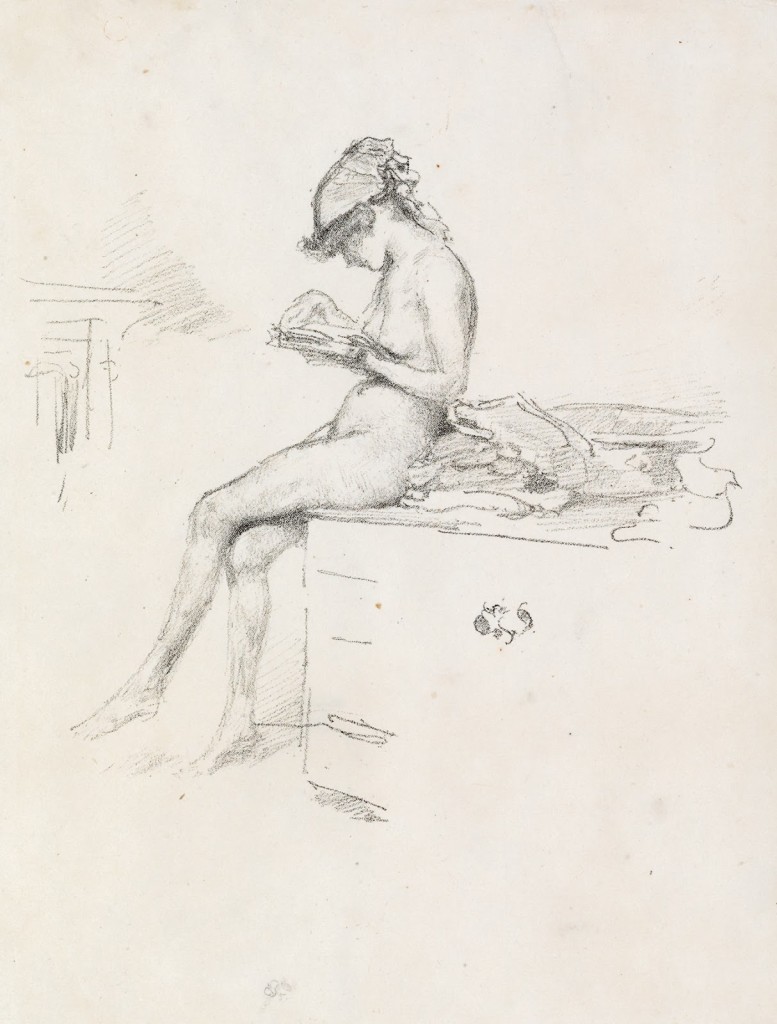
There were four paintings by James A.M. Whistler (1834-1903) in the Armory Show; all of which were figural works exhibited in Gallery P among significant French 19th century paintings. The Armory Show organizers considered Whistler an Old Master of American art whose work was noteworthy in the chronology of Modern Art. His works were exhibited alongside Americans artists Albert Pinkham Ryder, Theodore Robinson and John H. Twachtman. According to an interview with Marcel Duchamp in 1963, expats Whistler and John Singer Sargent (who was not included in the Armory Show) were the only American artists well known in Paris in 1913.
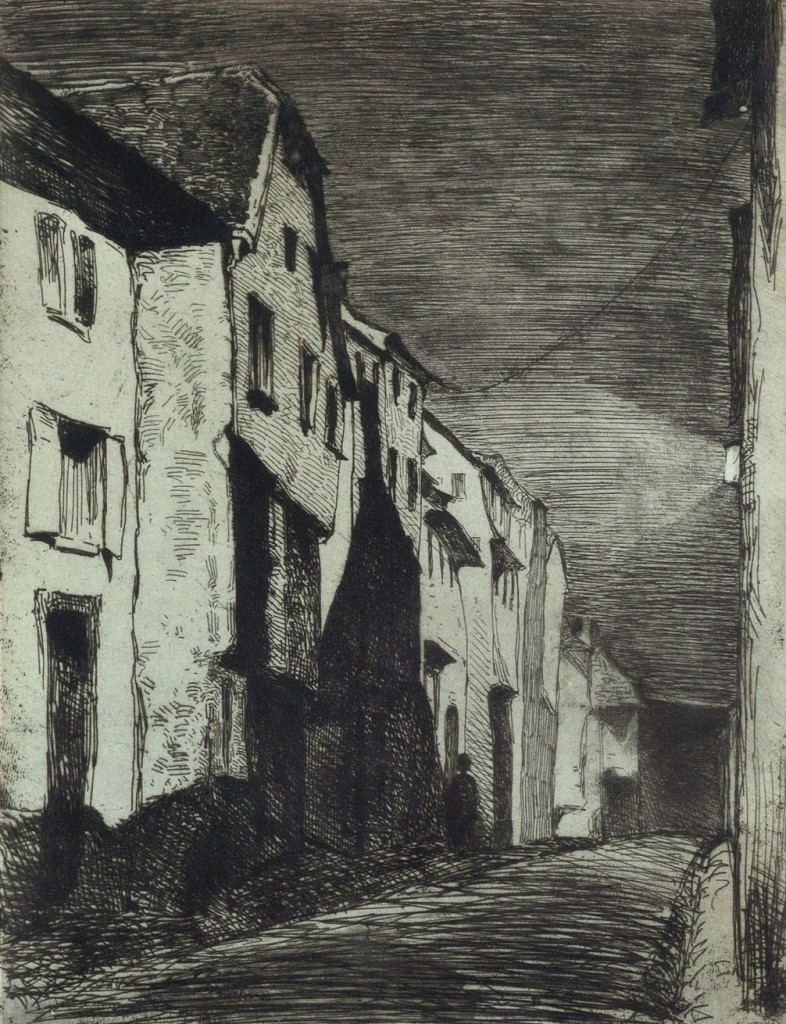
In his article on the American section of the Armory Show, William Glackens, Ashcan artist and AAPS chairman of the Committee on Domestic Exhibits, wrote, “The Impressionists introduced the light of life into our art. The influence of Whistler was a reaction against that light. His color had proved particularly attractive to students, to the young painters, perhaps because it is a veil behind which to hide inefficient drawing or because it makes good drawing easier. A knowledge of color is far more difficult to acquire than a knowledge of drawing, though either of these may be acquired by practice.” One could argue that Whistler’s paintings do not exhibit his draughtsmanship skills, but his prints certainly reveal his aptitude for drawing coupled with his masterful application of tonality, which together create an atmospheric quality not altogether different from the distant stillness of his paintings.
Whistler was a prolific and acclaimed printmaker widely recognized throughout his lifetime for the more than 490 etchings and nearly 180 lithographs he created and published. While his lithographs were generally issued in smaller editions and became more desirable after his death, his contribution to the medium is considered incredibly significant to the history of printmaking.
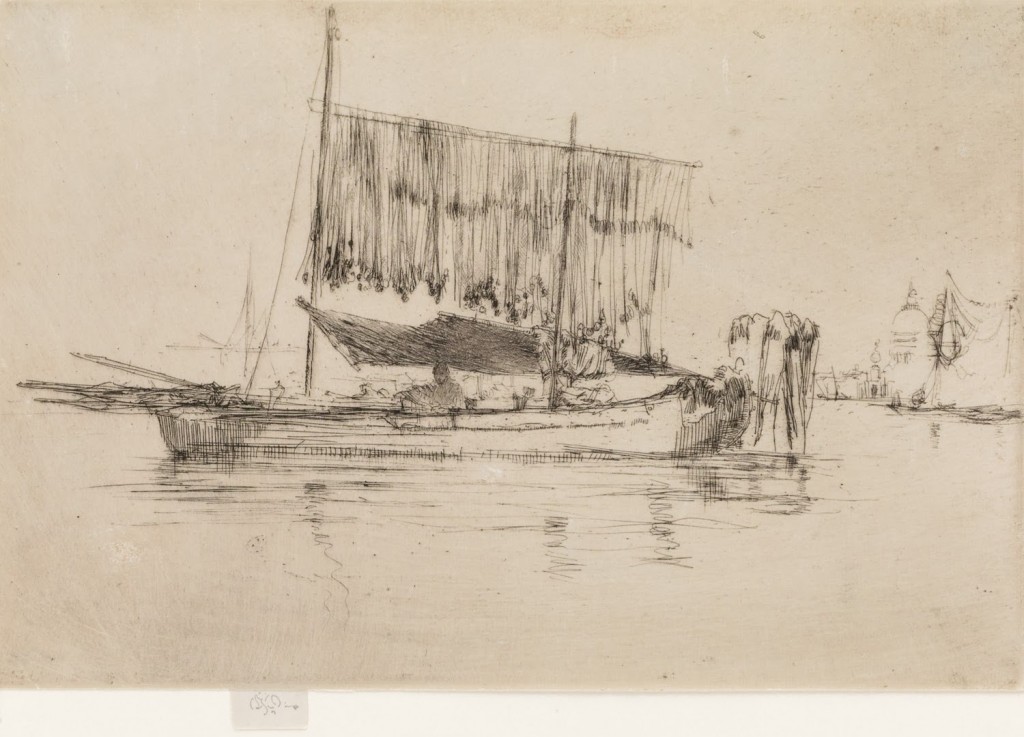
is an example from Whistler’s Twenty-Six Etchings
Whistler’s first etchings date from late-1850s Paris, where he was determined to pursue an artistic career after his unsuccessful collegiate years at West Point, the United States Military Academy. These early works, including lot 14 in our November 5 Armory Show at 100 auction, reveal a direct appreciation of old master etchings, notably the prints of Rembrandt, which Whistler was familiar with via the renowned collection of his brother-in-law and fellow printmaker Francis Seymour Haden. After a flurry of etchings in the 1860s and 1870s that focused primarily on views of London’s Thames River, Whistler embarked on what is arguably his best known series of etchings: views of Venice from around 1879-80.
In July 1879, the Fine Art Society of London commissioned Whistler to go to Venice and return by year’s end with a set of 12 etched plates. Whistler eagerly accepted the commission, which gave him an opportunity to recoup losses from his libel suit against art critic John Ruskin, and his overspending on the design of his “White House” in Chelsea, London (the house and contents had to be auctioned after he declared bankruptcy in 1879). Whistler and his then model and mistress, Maud Franklin, arrived in Venice in September 1879 and remained there until November 1880. During this incredibly productive time he created far more than the dozen etchings stipulated by the commission, returning from Venice with more than 50 etchings, several nocturne paintings and approximately 100 pastels.
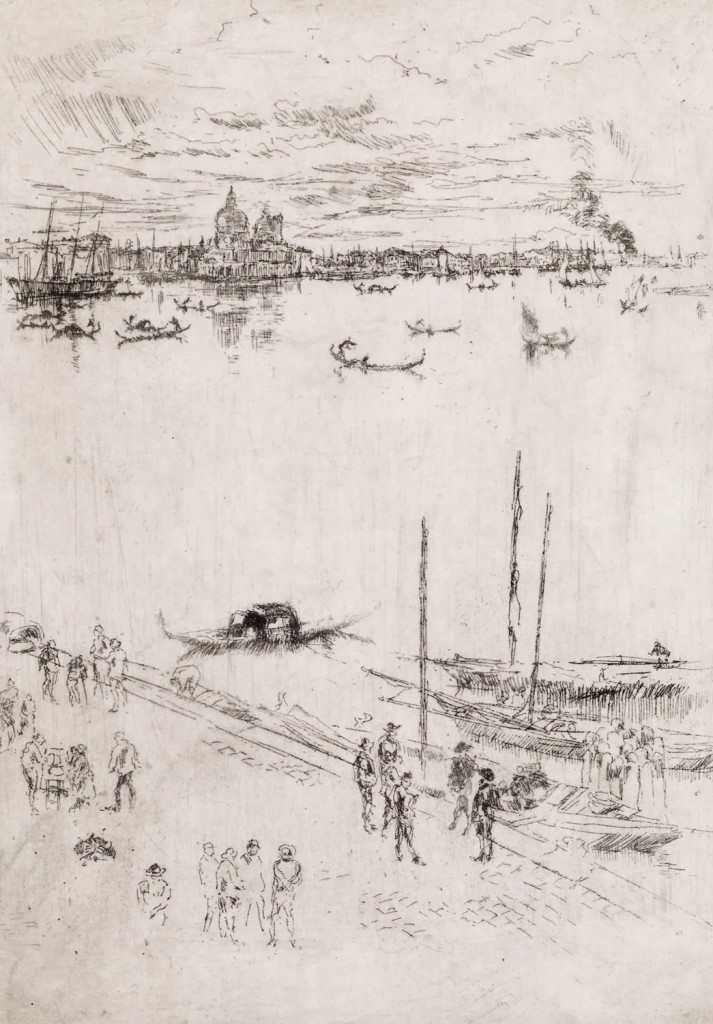
His A Set of Twenty-Six Etchings, also known as the “Second Venice Set,” from an edition of approximately only 30, were selected from the surplus of images Whistler brought back with him. Examples in our auction include lots 16 and 17. The spontaneity and delicate draughtsmanship in these Venice etchings deeply influenced the next generation of American artists, notably Childe Hassam and John Marin, who were among the most important Americans in the 1913 Armory Show.
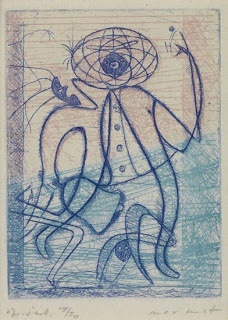
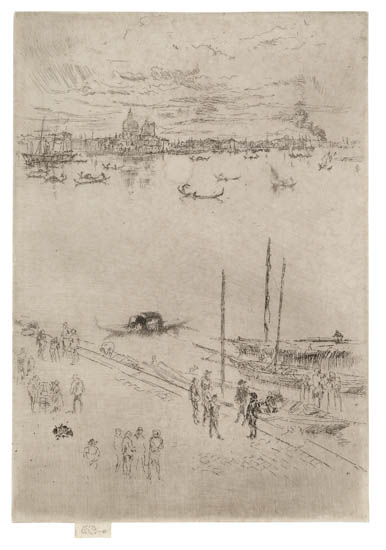
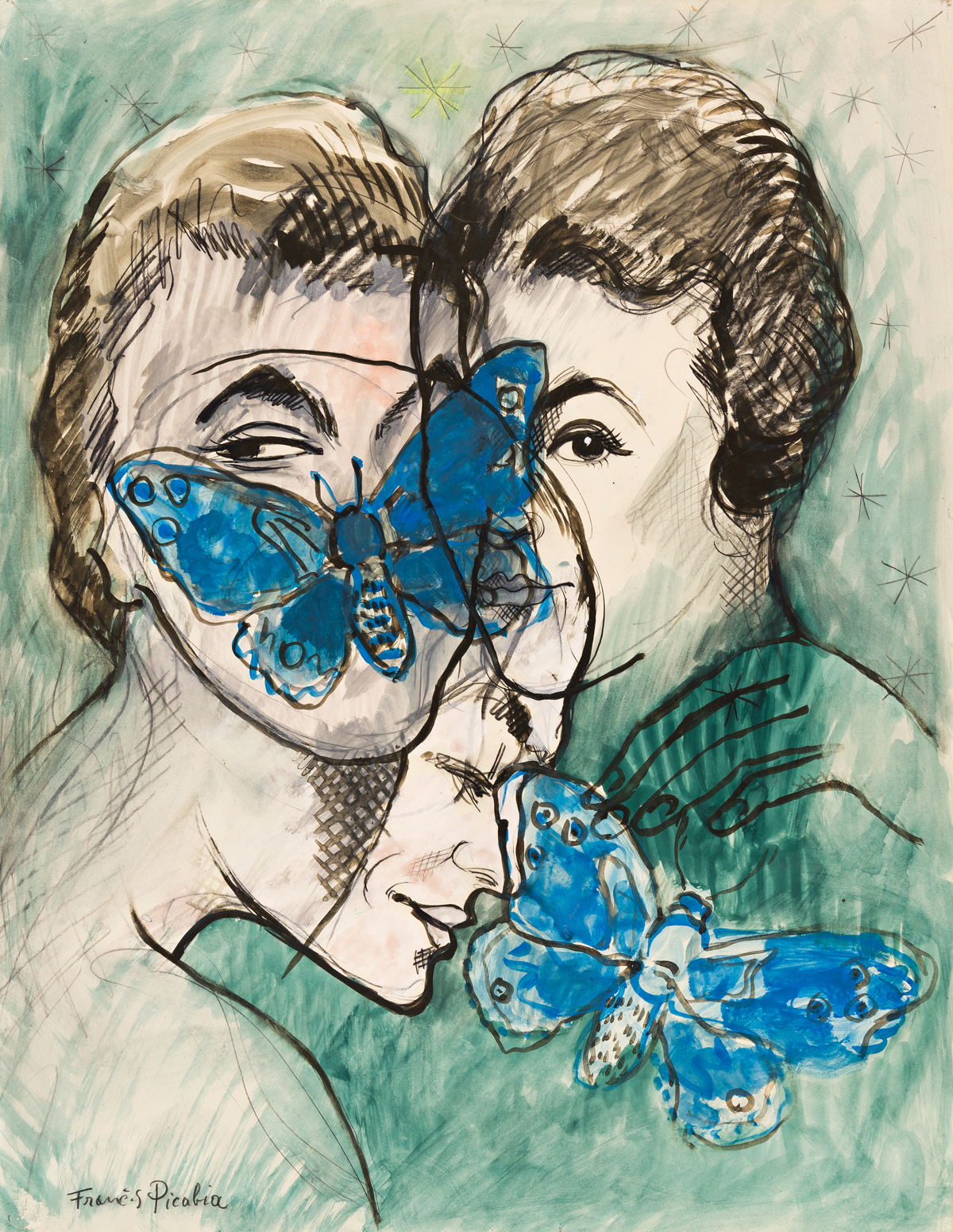










![Grace Meschery-McCormack shares about two copies of Fernando de Rojas’s ‘La Célestine,’ including a limited edition copy illustrated by Pablo Picasso.
At auction April 22. Learn more about the works at the link in our bio.
#Rarebooks #rarebookdealer #antiquarianbooks #auctions
_______________________________________
Music Credit:
Schubert - Piano Quintet in A major ‘The Trout’, D. 667 - IV. Andantino – Allegretto
Music provided by Classical Music Copyright Free on Youtube [https://tinyurl.com/visit-cmcf]
Watch: • Schubert - Piano Quintet in A major ‘...]](https://scontent-iad3-1.cdninstagram.com/v/t51.75761-15/491443494_18499096345036585_5935932878956098058_n.jpg?stp=dst-jpg_e35_tt6&_nc_cat=107&ccb=7-5&_nc_sid=18de74&_nc_ohc=OlBShB8qEWAQ7kNvwHbrXqd&_nc_oc=Adn09Fh3YL-11OkpQcrYGgFN9beLpm0IfGUn2bwN7iJs6d4v8qMeP8kSYmCw82y2ewU&_nc_zt=23&_nc_ht=scontent-iad3-1.cdninstagram.com&edm=AM6HXa8EAAAA&_nc_gid=ALjW-WotoJKMhmSxb3MjdA&oh=00_AfHxnW1r6azPkfEpGu23ZkOrQJZhFUze5da2x2sbKDWsbw&oe=681AE6D1)




